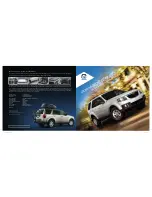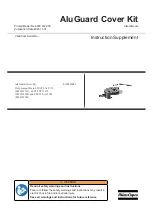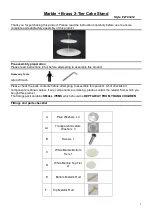
RAD-Star User’s Guide
8
© 2015-2016 Intrepid Control Systems, Inc.
Version 1.2 - June 1, 2016
6
Cables and Connectors
The cables and connectors used in automotive networks vary among applications and test
benches. Intrepid designed the RAD-Star to work with configurations that are commonly
available in the industry, but depending on your setup, it may be necessary to modify the
included cables or create new ones.
BroadR-Reach Cables
BroadR-Reach does not specify an industry-standard cable and connector type. However, the
Molex Mini50 is used by many BroadR-Reach devices, including Broadcom switches and other
Automotive Ethernet hardware made by Intrepid.
The RAD-Star ships with a pair of BroadR-Reach cables terminated in Mini50 plugs. One
end of each cable is intended to be attached to the RAD-Star, while the other end can be
connected to ECUs or switch ports that have Mini50 jacks.
If your AE hardware does not use Mini50, please snip off the Mini50 plugs on one end of each
of the supplied cables. Then simply attach the appropriate plug for the connector type used in
your application, or directly connect the bare wires to the devices you want to work with.
The pinout for the RAD-Star’s Mini50 jacks can be found in Table 1, with the pin numbers
. Note that this information is also printed on the bottom of the device.
Pin #
Label
Description
1
No Connect
2
TRD+
Data transmit and receive, positive
3
TRD-
Data transmit and receive, negative
4
No Connect
Table 1: RAD-Star BroadR-Reach Mini50 Jack Pinout.
Figure 6: RAD-Star BroadR-Reach Mini50 Jack.
Pins are numbered 1 to 4 from left to right looking at the jack, as shown.
Power Cable
The RAD-Star is powered through its DB-9 port (also called a DE-9), which is the standard
connector used in the automotive industry for the CAN bus. Most automotive test benches
should already have power supply cables using the matching DB-9 female connector. The












































